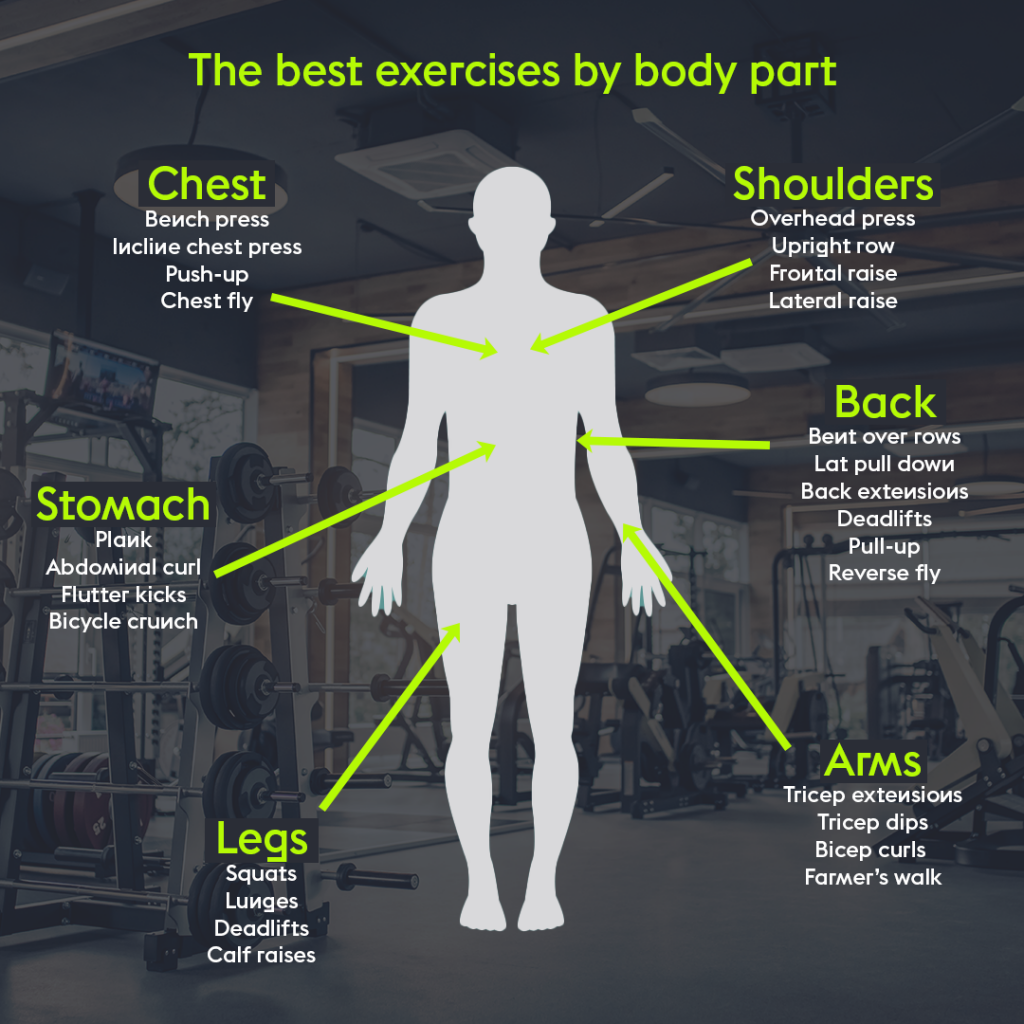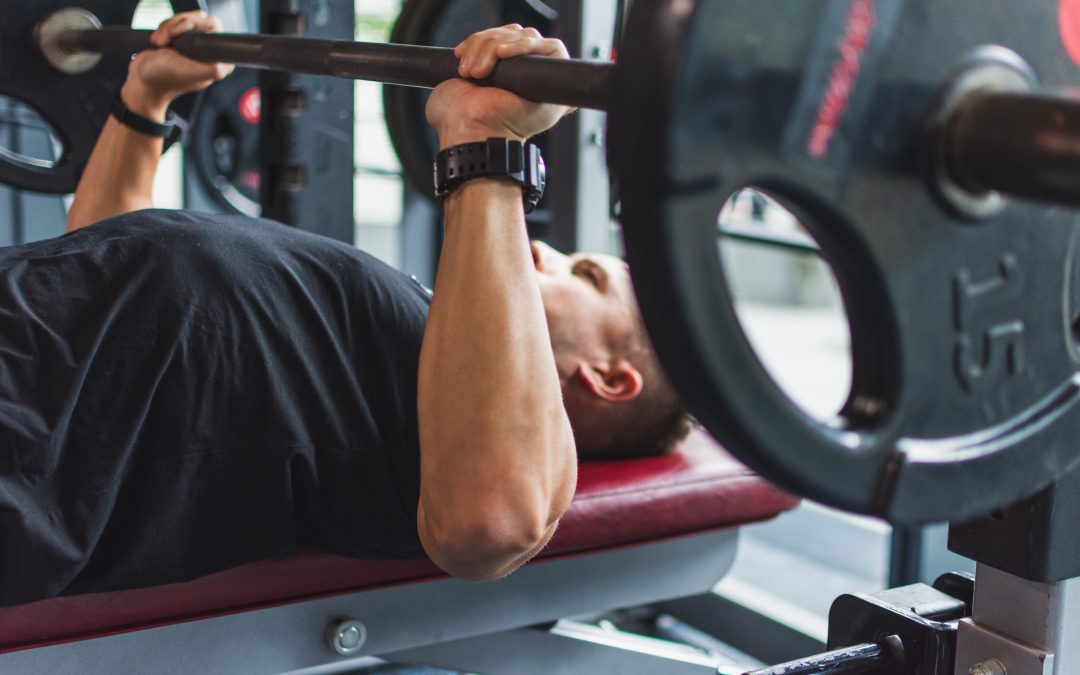We don’t want to admit it but walking out onto the gym floor when you’re new to lifting can be very intimidating. Everyone seems to know what they are doing. All the machines look complicated to operate. We don’t want to make a mistake and look like the novice we are, so we avoid this section altogether. Sticking to the mats, the cardio machines, or maybe we pack up and go home.
It shouldn’t be like this. The gym floor is for everyone. You shouldn’t have to be a fitness fanatic or a bodybuilder to try it out. It doesn’t matter how much you lift or how often you lift it; resistance and strength training have so many benefits for your physical health that everyone should feel like they can get involved and benefit from them.
So, if you’re looking for some motivation and the courage to start navigating the weights section, look no further.
Know your muscles
A helpful starting point is to understand the major muscle groups of the body. There are thousands of muscles in the body, and you definitely don’t need to know all of them. But getting a grip on the major muscle groups in the body will help you to understand which ones you want to target for growth and how to target them. Read our article all about the major muscle groups for a quick rundown.
Get comfortable with key exercises
Some exercises are more efficient than others. You don’t have hours to spend on the gym floor, so focus on the exercises that target more than one muscle at one time. The truth is, you can get an efficient full body workout with quite a small number of exercises.
Forget shrugs, calf raises, and even bicep curls. These are isolation exercises that attempt to focus on only one muscle at a time. And although they have their place in fitness for helping with injury recovery and muscle imbalance, compound, multi-joint exercises that engage loads of different muscles is the most efficient way of working out for most people.
An excellent place to start is choosing around 10-12 exercises that you know and feel comfortable doing correctly. Try 6 for your upper body and 5 for your lower body. That’s plenty to give you enough variation to get started. You’ll be able to structure several workout combinations from here and target each muscle group most efficiently.

Start off simple
There’s no need to make things complex. Double dumbbell overhead raises with Bulgarian split squats and a plate rotation. Leave it out. Simple compound exercises are straightforward to do, easy to track progress and very efficient.
Once you gain confidence in your skill and ability, maybe you’ll want to introduce different variations of exercise. But for now, keeping it simple is the best way to get started.
Split your week into workouts
The way you structure your week or workouts will all depend on your fitness goals. Decide what it is you want to achieve. It could be growth in a particular area or a general full body strength improvement.
From here, you can split your week into workout days. Start by aiming for x3 strength training sessions a week. It might be x2 lower body and x1 upper body. Or it might be x1 lower body, x1 shoulders and back, x1 chest and arms. It all depends on your goals.
Many men want to focus more on upper body strength and find separating the major muscle groups across a couple of days lets them maximise training them. Many women want to focus on their lower body strength and are happy to follow an even lower/upper split across their training days. But there’s no set rule. Male, female, non-binary. However, you choose to set your goals and segment your workout is totally up to you.
Get to know the equipment
Nowadays, there’s much more than just dumbbells on the gym floor. It’s a good thing. But it can also be overwhelming.
You can broadly segment the gym floor into key areas:
- Cardio central: Here’s where you’ll find the treadmills, bikes, rowing machines, cross trainer, stair master, assault bikes and anything that will make your heart rate go through the roof.
- Free weights section: The endless rows of different dumbbell weights and benches to go alongside. Often set in front of a wall mirror so you can check your form.
- Machine land: The machines take up most of the space. Many gyms now invest in machines that you can go on and target particular muscle groups. Don’t underestimate the usefulness of these. If you’re struggling for inspiration or not sure you have the correct form, the machines are great for a structured workout that lets you practice the motions of each exercise.
- The barbells and racks: This is the place where PBs happen. Smaller barbells can be seen as free weight and can be used similarly to dumbbells with lots of variety. The larger ones will require you to load the plates onto the bar themselves and might be placed on a rack. There aren’t as many exercises you can do in this section, but most of it will be focused on lifting heavier weights for key compound exercises. Think squats, deadlifts, and chest presses.
You might prefer to do a dumbbell or kettlebell focused workout. Or keep it to the machines. Or only tackle the barbells. But there’s no unwritten rule that says you can’t make a mix out of these sections. You might prefer to do your deadlifts with a barbell, lunge with dumbbells and finish with the leg press machine. No judgement. You do you.



